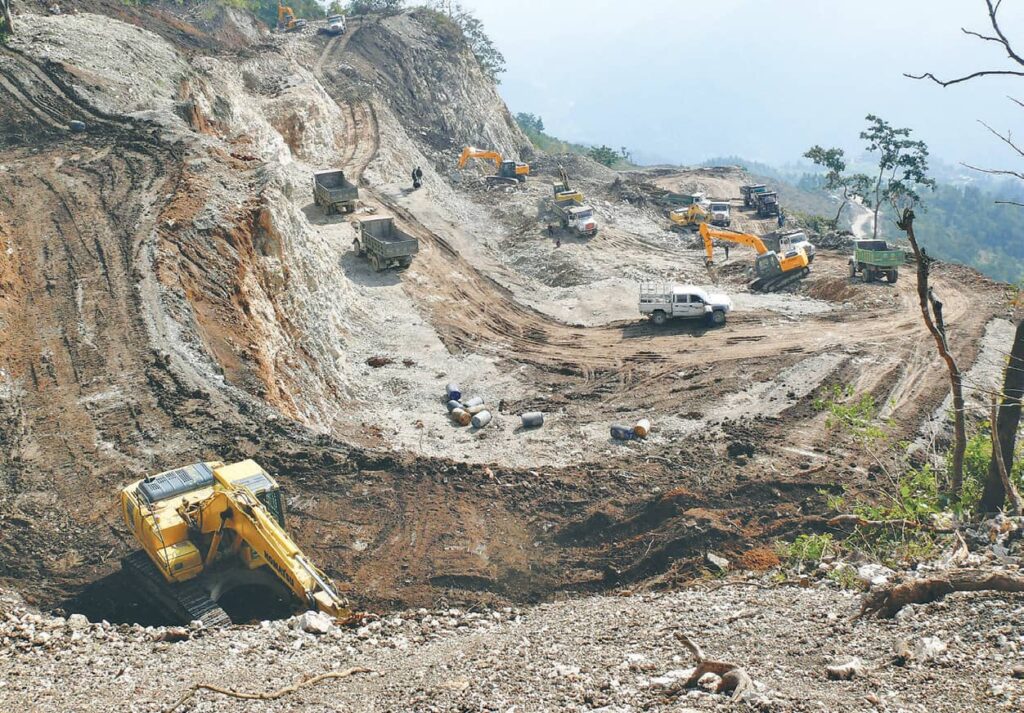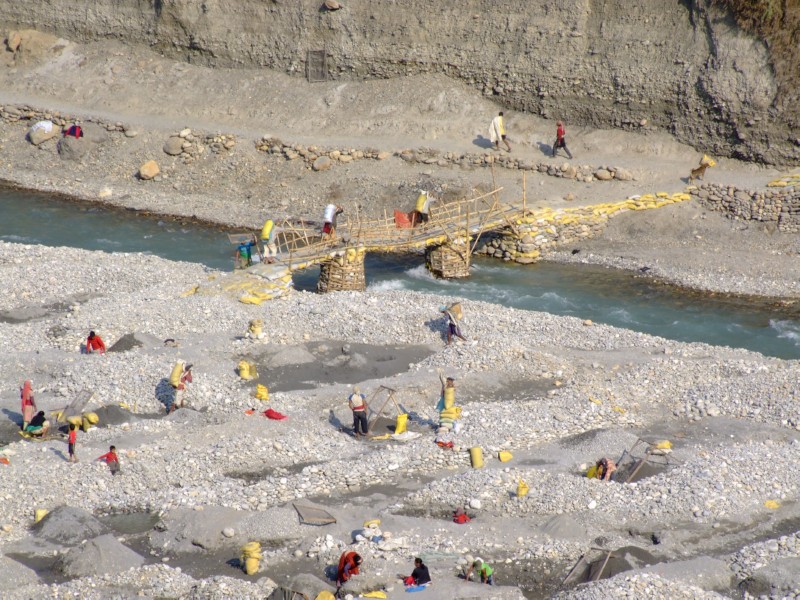Nepal– a small country spread over approximately 1, 47, 000 km2 is sandwiched between India and China, two countries having the largest population count in the world. In spite of this, Nepal has managed to maintain its cultural identity and not get influenced by its neighbours. Like any other small country, the task of managing and preventing the spread of the coronavirus over the last year has been extremely challenging for the governing body in Nepal.
Taking everything into account, the finance minister of the country- Bishnu Prasad Paudel presented a budget of $14 billion for the fiscal year 2021-22 which would come into effect from mid-July.
The primary focus of the budget this year concentrated on two aspects-
1. Controlling the fast spreading second wave of COVID-19.
2. Recovering the economy.
In order to control the spread of the coronavirus, the health sector has been given a special focus with the Ministry of Health and Population getting as much as 35 per cent more funds than the previous year. In spite of seeing these positive developments, the people of Nepal have been against one move of the government which is to export sand, pebbles and stone to India. This move has received widespread criticism with locals and environmentalists condemning the extraction of valuable natural resources in the ‘Chure region’

Chure being the youngest mountain region in the country covers approximately 13 percent of the total area in Nepal. Although it is known for its rich mineral resources and relentless mining, Chure is also a hotspot of biological diversity which serves as a natural habitat for in-situ conservation.
In spite of its great significance, the region is degrading with mankind taking over the region and encroaching its forests. Other sources of stress for the area include smuggling of timber, overgrazing by cattle and regular landslides leading to silting and sedimentation.
In response to peoples’ negative reaction with regards to export of sand, pebbles and other important resources, the government has vehemently defended its actions by stating that this move will help correct the trade deficit which the country faces with India. However, no amount of justification has been received positively as this move will ultimately lead to degradation of the environment in the entire region of Chure. The domino effect of the same would be environmental damage in the Tarai belt.

Currently, the extraction of any kind of material from Chure is prohibited but removing and selling of the natural resources continue to happen illegally within the domestic and international markets. Moreover, now the government has decided to turn this illegal marketing of sand and stone into a legal venture which will only benefit the ruling party and help them garner more support. This politically charged action will create a downstream causing desertification in the plains.
It is not that natural resources aren’t already getting exploited in the region, local traffickers and inhabitants of the downstream have been engaged in illegal selling of timber and boulders for some time now but this government policy will only lead to large-scale exploitation of the said natural resources and make the already bad condition worse.
The environmental activists who have tried to advocate for saving the Chure region in the past have seen several setbacks with the mafia terrorising the people. One such example is that of Dilip Mahato who was protesting against illegal mining of riverbeds and was run over by a tipper truck.

Chure, which has been an environmental issue discussed at length in the past, is now being questioned for its political relevance. Earlier, experiences of social and financial difficulties were taken up by individual families; it was not considered an issue of national importance. However, now, after several years, Chure is being recognised as not just a relevant environmental issue but also a political agenda.
This is a major development because advocating for environmental issues is nothing without political backing. Only when politicians realise the reality and severity of environment issues, are they taken up for debate.
In a recent development, the Supreme Court of Nepal had stayed the governments’ decision of selling riverine resources from the Chure region. The extraction of riverine resources goes against the right to have clean and green environments and the government’s move to correct the trade deficit by exporting sand, stones and pebbles is unreasonable.
We have to realise that development and conservation go hand in hand and it is essential to take into consideration the impact of a decision on its associated fields as well. The betterment of all stakeholders, in this case- government, locals, mining companies etc. need to be taken into account before implementing policies which are environment friendly.
Written by- Sakshi Shah
Edited by- Sohini Roy
